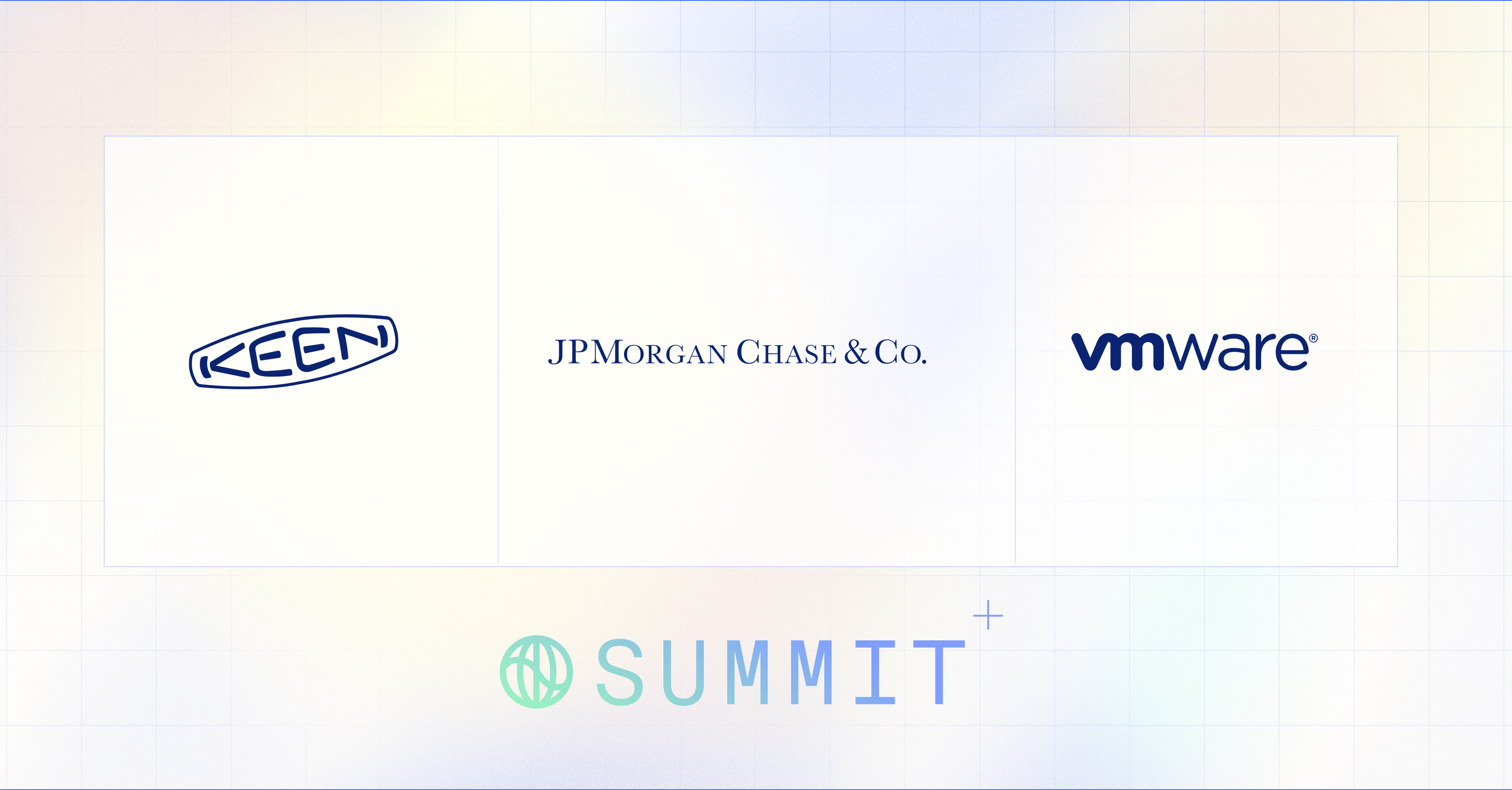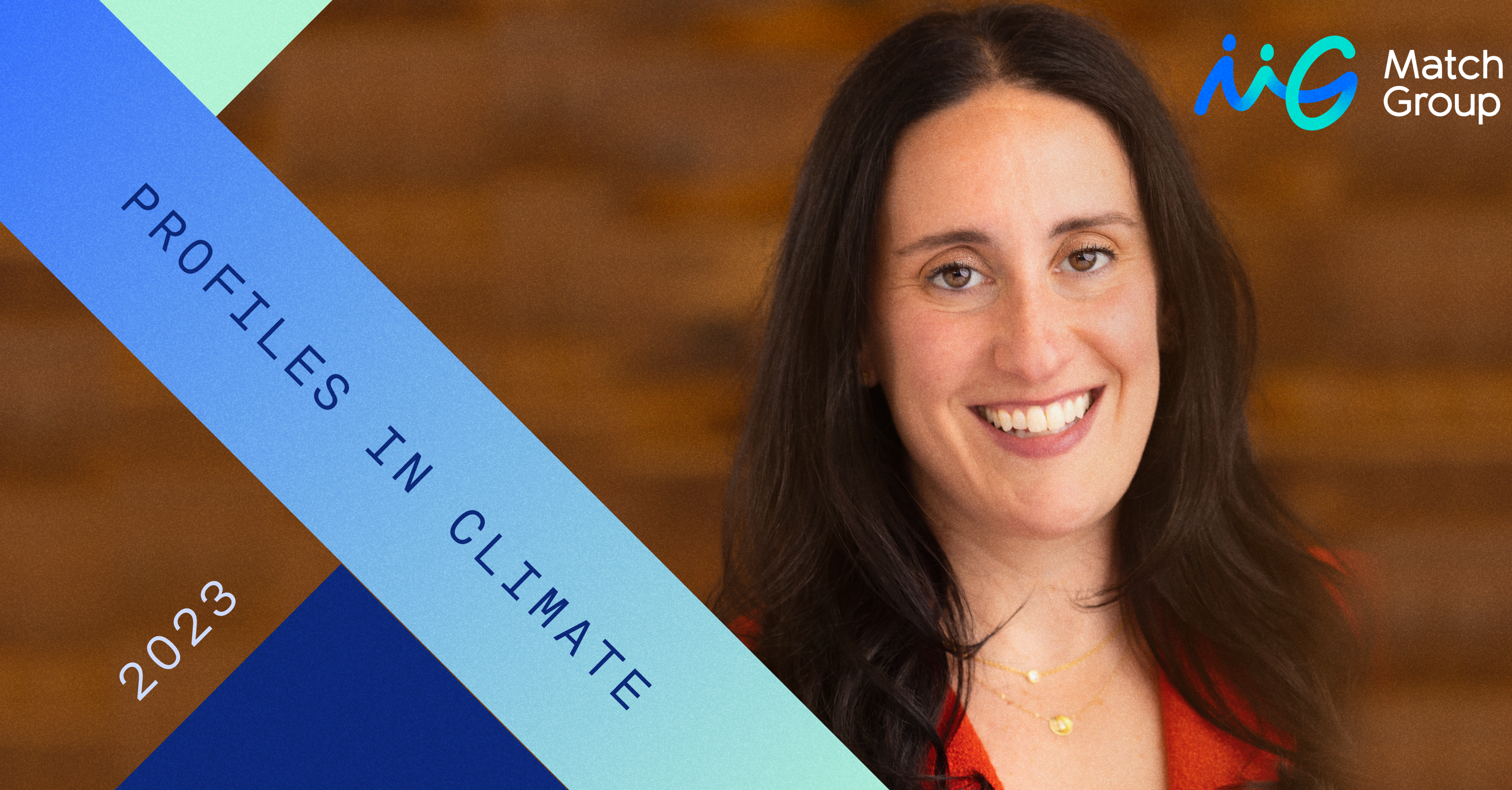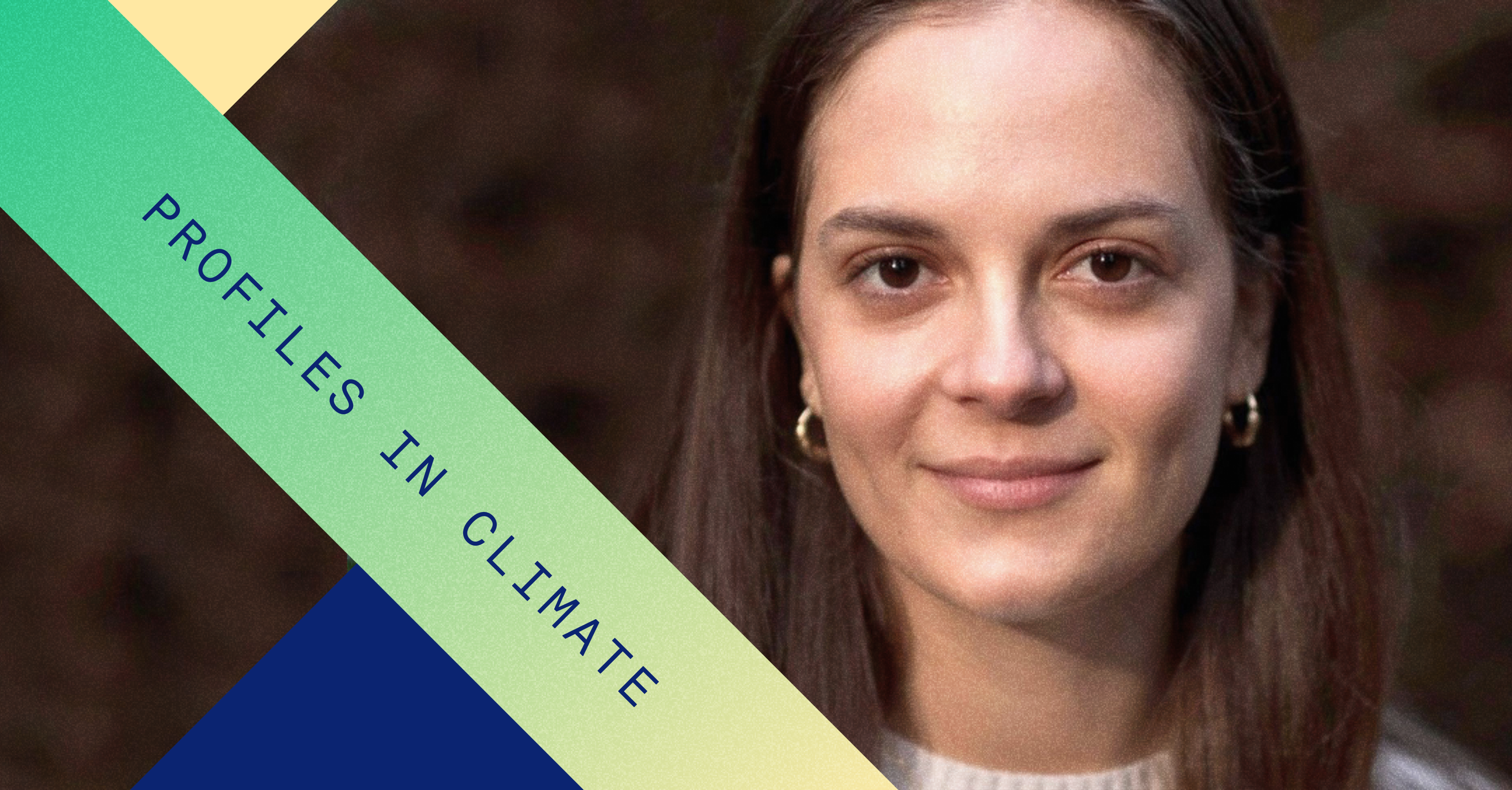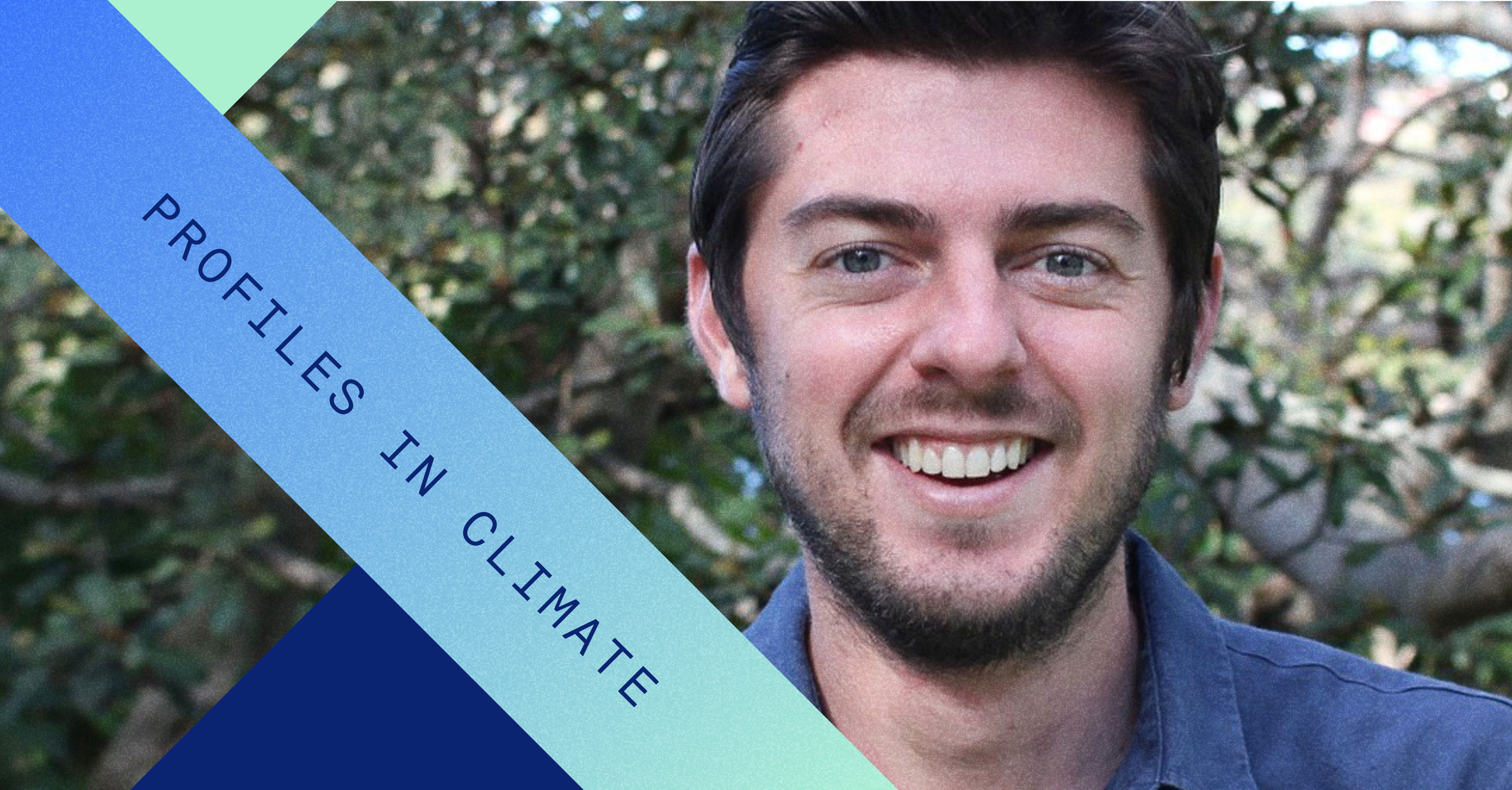Mark Danzenbaker is the CEO of GridPoint. GridPoint’s data-driven energy optimization platform connects businesses, buildings and the grid, ultimately helping commercial businesses both save on energy costs and decarbonize while helping utilities better manage energy demand.
How does climate work factor into your role?
It is the role. It is why I came to GridPoint in the first place. I grew up in the DC area in a family that largely dedicated their careers to public service, so joining GridPoint was tied to the impact I want to have on the world. Climate is the entire reason that GridPoint exists. We are on a mission to accelerate the energy transition, which will require not only decarbonizing the energy supply, but also making buildings more efficient and interconnected for demand response needs. My job day to day is entirely about building up and supporting our incredible team as we execute our strategy and deliver impact through our products to customers.
What is the value of climate work for GridPoint?
It matters to our employees that we are aligned with our mission, and it matters to our investors that we are minimizing emissions associated with our business operations so we are prepared for the future. We are measuring and working to reduce GridPoint’s Scope 1-3 emissions, but our real focus is driving the adoption of our products that result in emissions avoided as a result of companies using GridPoint products at scale.
Our commercial business customers come to us because they want to lower their Scope 2 emissions. Sometimes they have a vested interest in sustainability, but more often they know it will lead to lower energy bills and a smaller carbon footprint for their own business. Giving customers the option to control building performance for a variety of factors—like energy savings, utility signals or carbon intensity—is where we see the market going. In 2022, we helped our customers save more than $149M in energy costs, avoiding over 1.9 billion pounds of CO2e. At scale, our business is creating more reliability in the broader energy system—helping avoid price spikes, scarcity, and brownouts & blackouts.
“The scope of change and level of collaboration required is enormous.”
Mark Danzenbaker
Where do you go to learn more about climate or hear the latest news?
There is not a single source, but I strive to soak up as much content as I can from a variety of sources about the entire energy transition. The scope of change and level of collaboration required is enormous, so I try to get as broad a perspective as possible. It is not just about energy, but also how we eat and make things going forward. In fact, we have a company book club and recently read “How to Avoid a Climate Disaster” by Bill Gates, which I’d highly recommend to anyone.
What advice do you have for other company leaders looking to make an impact in the climate space?
To solve the climate crisis and get to net zero, we have to create and adopt practices that scale. We are tackling and driving change one building at a time, but over time those individual buildings have grown to nearly 18,000 across North America. We’re proud of our accomplishments and expect to accelerate our growth (and impact) in the coming years. We keep reminding ourselves “small becomes big” as more companies embrace the clean energy transition and adopt our products. The future of energy is a challenging, interconnected puzzle that bridges politics, policy, infrastructure, technology, geography, economy, and environmental goals. It’s the perfect opportunity for technology, partnerships and collaboration to bridge the gap and deliver the results we need.







